Towards harmonised mandatory FOP nutrition labelling at EU-level
The Report, which is a requirement under Regulation (EU) 1169/2011 on the provision of food information to consumers:
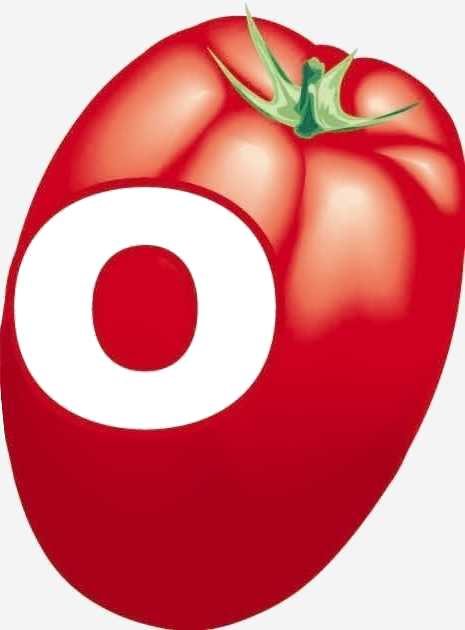 Provides an overview of the front-of-pack schemes at EU and international level;
Provides an overview of the front-of-pack schemes at EU and international level;  Analyses the impact of front-of-pack nutrition labelling on consumers, finding that FOP schemes help consumers make health-conscious food choices. The report also states that “consumers’ understanding of FOP labels increases when the label features colour-coding, and especially when colours are combined with a summary indicator.”
Analyses the impact of front-of-pack nutrition labelling on consumers, finding that FOP schemes help consumers make health-conscious food choices. The report also states that “consumers’ understanding of FOP labels increases when the label features colour-coding, and especially when colours are combined with a summary indicator.”
 Analyses the impact on businesses, finding that evaluative FOP labels may encourage food reformulation, although some agricultural food products cannot be easily reformulated;
Analyses the impact on businesses, finding that evaluative FOP labels may encourage food reformulation, although some agricultural food products cannot be easily reformulated;  Analyses the impact on the single market, concluding that the evidence on the (negative) impact of FOP schemes on the free circulation of products in the EU market “is limited at this stage and inconclusive”. However, it acknowledges that “the use of different FOP schemes in the internal market could result in certain costs for businesses as well as consumer confusion and lack of trust”.
Analyses the impact on the single market, concluding that the evidence on the (negative) impact of FOP schemes on the free circulation of products in the EU market “is limited at this stage and inconclusive”. However, it acknowledges that “the use of different FOP schemes in the internal market could result in certain costs for businesses as well as consumer confusion and lack of trust”.  Notes that “considering the strong link between nutrient profiling and FOP nutrition labelling, there could be possible synergies in reflecting on the two topics together”.
Notes that “considering the strong link between nutrient profiling and FOP nutrition labelling, there could be possible synergies in reflecting on the two topics together”.  Concludes that “it seems appropriate to introduce a harmonised mandatory FOP nutrition labelling at EU-level. The Commission will in due course prepare a legislative proposal in line with the objectives of the Farm to Fork Strategy and with better regulation principles.”
Concludes that “it seems appropriate to introduce a harmonised mandatory FOP nutrition labelling at EU-level. The Commission will in due course prepare a legislative proposal in line with the objectives of the Farm to Fork Strategy and with better regulation principles.”
Food labelling and Brexit: Challenges, deadlines, and potential future divergences
The conclusions of this report come a few months before the UK's effective exit from the EU, while questions concerning the future obligations of food processors with regard to labelling continue to fuel the concerns of European agri-food chains.
On 31 January 2020, the UK officially withdrew from the European Union. A transition period sees EU laws continuing to apply in the UK - including those relating to food safety, composition, hygiene, and labelling - until 31 December 2020. By this time, food manufacturers exporting across Channel - whether EU to UK, or UK to EU - may have had to update their food labels.
By 2021, it is expected the two parties will have negotiated a trade agreement, and the UK will no longer be treated as a Member State. A body of “retained EU law” will be created in the UK. And this will cover elements of food law, including food labelling, general food safety and hygiene, and rules around nutrition and health claims.
However, there will be some changes that will impact UK and EU food and beverage manufacturers, according to regulatory compliance expert Nicola Smith, from global law firm Squire Patton Boggs. In the short-term, EU food industries (as well as UK-based importers of products from EU manufacturers) will be required to make some changes.
 The UK Government is adopting the equivalent position to the EU regulation in relation to the name and address of the food business operator (FBO): "For example, if you are selling a food product in the UK, it will need to have a UK company and address on the packaging," Smith explained. "And if the manufacturer is outside of the UK, this will need to be the address of the importer to the UK."
The UK Government is adopting the equivalent position to the EU regulation in relation to the name and address of the food business operator (FBO): "For example, if you are selling a food product in the UK, it will need to have a UK company and address on the packaging," Smith explained. "And if the manufacturer is outside of the UK, this will need to be the address of the importer to the UK."Concerning regulatory responsibility, the importer into the UK will be in charge of ensuring that the label, and the product, meet UK food law requirements. In the early days, Smith predicts this will be “easy”, because "the retained body of EU low will mean there is no real difference in the requirements", but this may change as time continues, she warned.
"So, it may be sensible to review agreements where there are potentially enhanced responsibilities to ensure that this is reflected as required."
EU manufacturers will also need to be wary of using “EU origin” labelling where a product or ingredient originates from the UK, in the same way as UK manufacturers will, Smith cautioned.
In the longer term, EU manufacturers should consider how Brexit will affect protected geographical indications (PGIs).
A PGI is designed to protect regional foods that have a specific quality, reputation or other characteristics attributable to that area. Broadly speaking, products with a protected name have higher sales values than their non-protected counterparts.
After the end of the transition, the UK will have its own scheme for PGIs. While the Withdrawal Agreement provides for existing EU PGIs to be protected in the UK after the end of the transition, any new PGIs may need to be registered separately in the UK as well as the EU, explained the Squire Patton Boggs lawyer.
At this point, EU manufacturers would need to factor in use of the UK PGI logo, “Unfortunately, it is not yet possible to plan for this as the UK scheme is not yet up and running; and whether separate registration will be required will likely depend on the outcome of trade negotiations."
No material changes in the EU or UK will manifest until after the end of the transition period - scheduled to end 31 December 2020.
Doubts over businesses meeting deadline
Yet given the current coronavirus pandemic, food manufacturers may well be wondering whether this deadline will be extended. While the UK Government has repeatedly confirmed it will not look to extend, it is technically possible - under the terms of the Withdrawal Agreement - to extend the transition period once by up to two years “by joint consent”.
But if, as is currently planned, transition ends on 31 December 2020, the changes required will have to be made on labels for products placed on the UK or the EU market from 1 January 2021 onwards.
"In real terms, that is not a long timeframe for the changes to be made”, Smith told this publication, "as the wording and artwork will need to be agreed and implemented between now and then, as well as arrangements being made for the newly-formatted labels to be attached to products which may already have been produced and labelled already, but will not actually be shipped to the relevant market before 7 January".
Indeed, if the transition remains as 31 December 2020, Smith revealed she “has doubts” over whether changes will be able to be implemented to labels in time for new products placed on the market after that. This is because, as Smith explained, business continuity planning and arrangements to make workplaces 'COVID-secure' will surely take priority over coming weeks for manufacturers in both markets.
One real relief for manufacturers on both sides lies in a provision within the Withdrawal Agreement, as "Goods lawfully placed on the market in the EU or the United Kingdom before the end of the transition period [will] be able to continue to freely circulate in and between these two markets, until they reach their end-users, without any need for product modifications or re-labelling”.
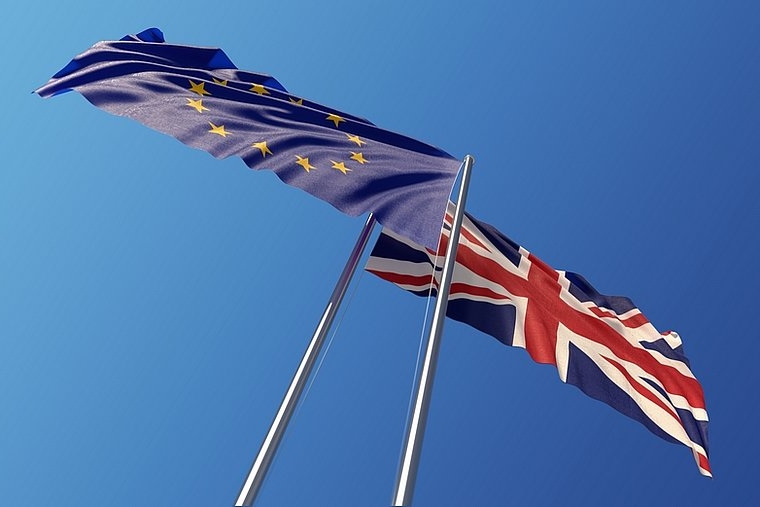 Key challenges
Key challengesAccording to the regulatory compliance expert, the uncertainty of timing and the potential short timescales are a concern for many businesses.
"Although the required changes to the labels are relatively simple in terms of the label itself, deciding what name and address should be given is not always as simple - in my experience, many UK operators are still at the stage of considering whether they can use a service or subsidiary address in the EU, or otherwise which party will be their 'importer', and these matters need to be decided before the label Itself can be amended."
Producers will also need to consider existing stock levels. In particular, they should determine when those stocks will be deemed to be “placed on the market” before the end of transition, to determine whether relabelling will be required and, if so, how many products will need to be relabelled.
The other main challenge, according to Smith, is that industry does not yet have clarity over the extent to which border checks will be undertaken on food and drink products - specifically, whether labels will be checked on arrival at the country or, more likely, whether compliance with sanitary and phytosanitary (SPS) requirements will be monitored.
“This will almost certainly depend on the outcome of negotiations over a trade deal, but will be very important for manufacturers and distributors on both sides, as delays in the supply of food and drink with a limited shelf life can be critical.
"The UK government has published its approach to the future relationship with the EU in recent weeks and it recognises the need to address regulatory barriers to trade and also stresses that any agreement should ensure parties' SPS measures do not create unjustified barriers for agri-food goods between the UK and EU, but it will ultimately only be that agreement which will outline the level of checks and fees to which agri-food commodities will be subject at the border of the importing party, so there is currently no clarity over this.”
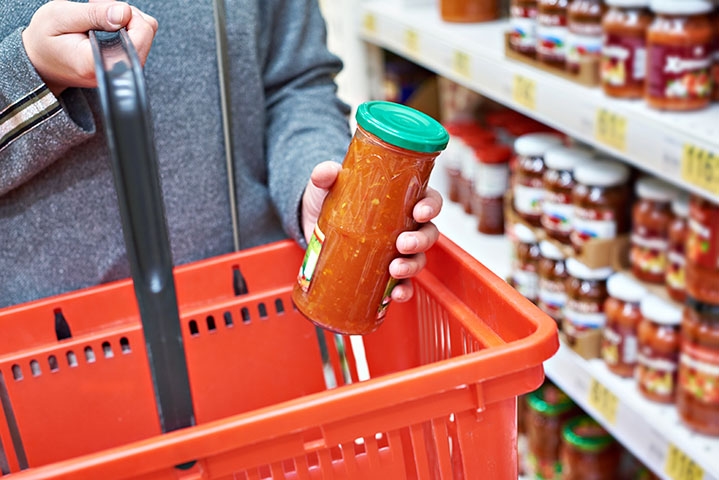 Some complementary data:
Some complementary data:- Access to the report:
Source: TomatoEurope, FoodNavigator


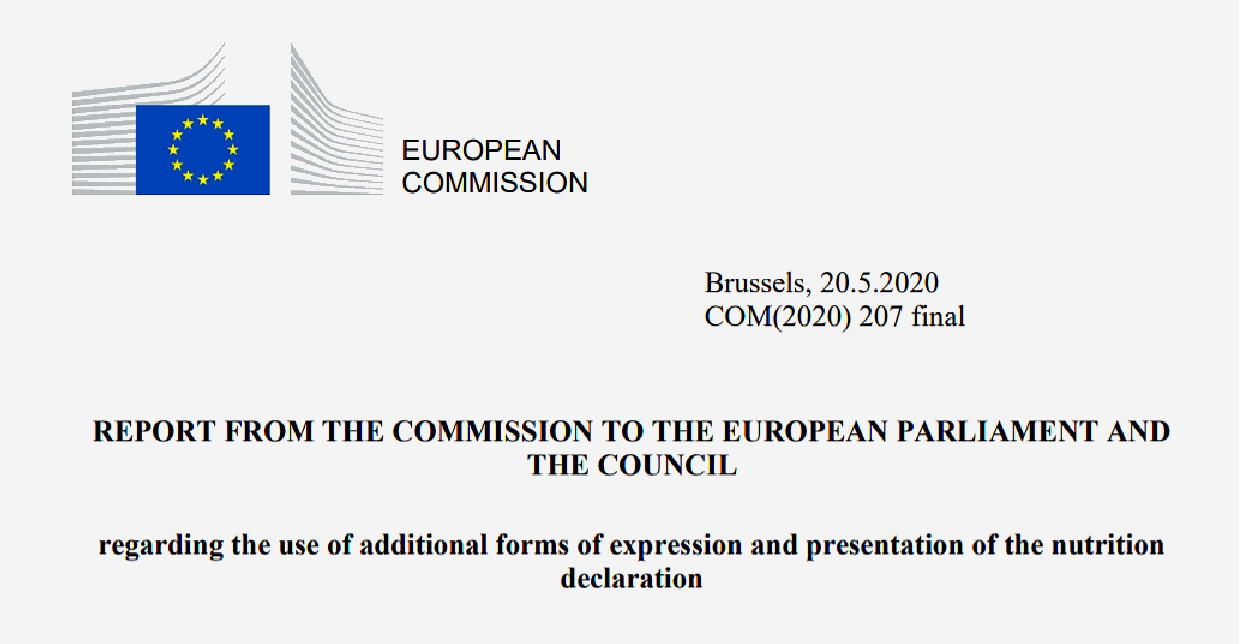 On 20 May 2020, the European Commission has published its long-awaited
On 20 May 2020, the European Commission has published its long-awaited 
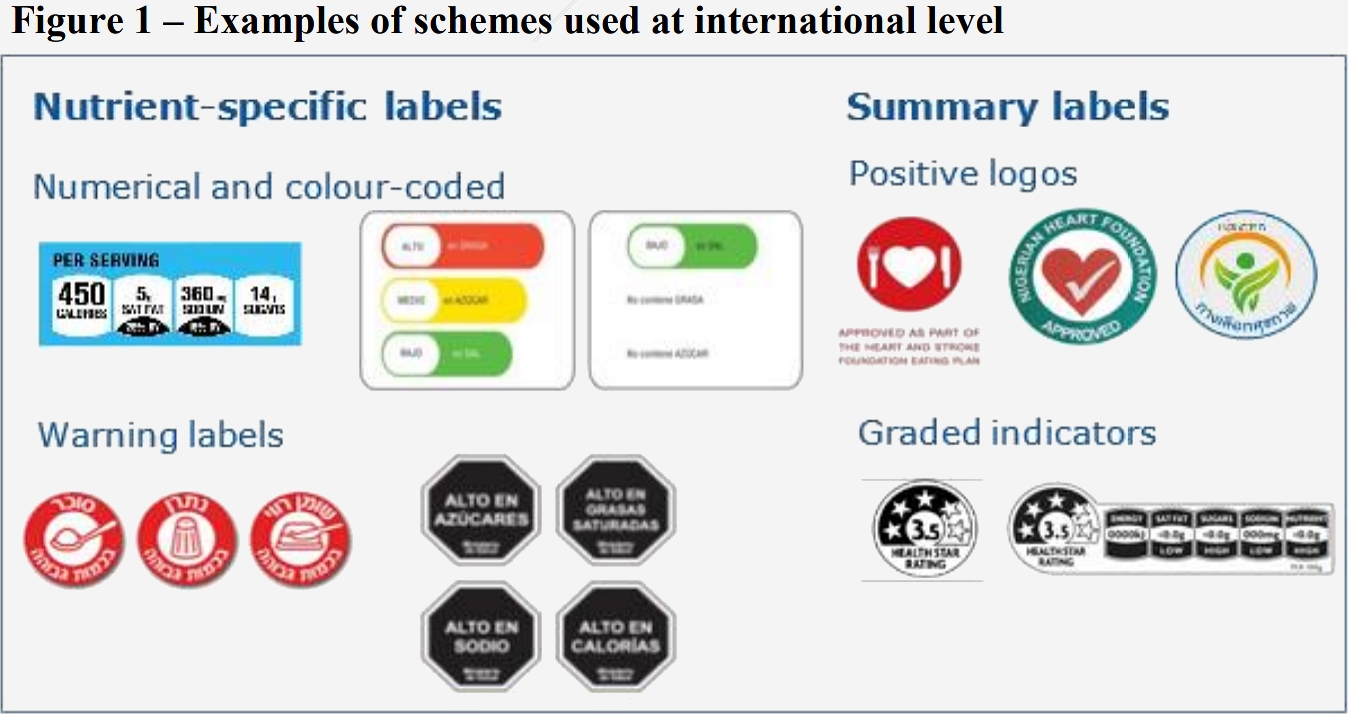
 The UK Government is adopting the equivalent position to the EU regulation in relation to the name and address of the food business operator (FBO): "For example, if you are selling a food product in the UK, it will need to have a UK company and address on the packaging," Smith explained. "And if the manufacturer is outside of the UK, this will need to be the address of the importer to the UK."
The UK Government is adopting the equivalent position to the EU regulation in relation to the name and address of the food business operator (FBO): "For example, if you are selling a food product in the UK, it will need to have a UK company and address on the packaging," Smith explained. "And if the manufacturer is outside of the UK, this will need to be the address of the importer to the UK."
 Some complementary data:
Some complementary data:


























